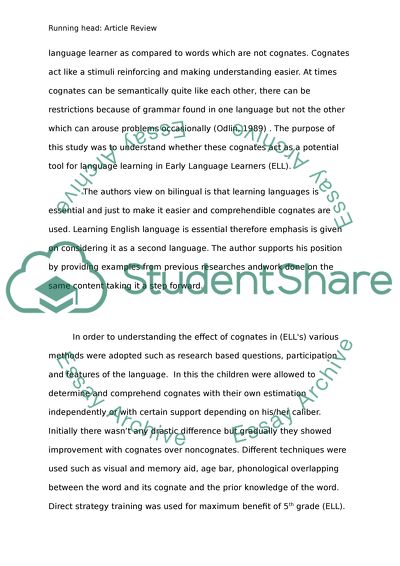Cite this document
(“Article Review Example | Topics and Well Written Essays - 1250 words”, n.d.)
Retrieved from https://studentshare.org/education/1469609-article-review
Retrieved from https://studentshare.org/education/1469609-article-review
(Article Review Example | Topics and Well Written Essays - 1250 Words)
https://studentshare.org/education/1469609-article-review.
https://studentshare.org/education/1469609-article-review.
“Article Review Example | Topics and Well Written Essays - 1250 Words”, n.d. https://studentshare.org/education/1469609-article-review.


